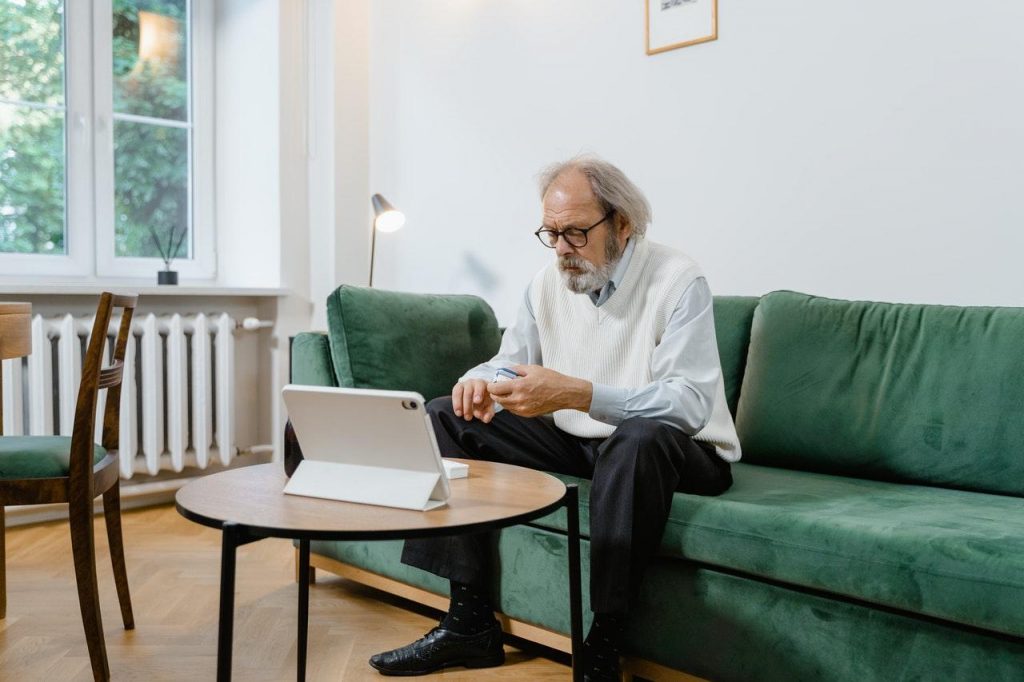Telepsychiatry refers to psychiatric treatment and attention offered online through, for instance, videoconferencing. It includes therapy, psychiatric evaluations, psychiatric intervention, medication management, and patient education.
Telepsychiatry became the norm during the year of the COVID-19 pandemic when, to prevent the spread of the virus, all kinds of medical services that did not absolutely require in-person interactions moved online.
The pivot from psychiatry to telepsychiatry during the earlier days of the pandemic posed new challenges to both psychiatrists and patients, radically altering the way psychiatry works now and going forward.
Table of Contents
How the Pivot to Psychiatry Affected Psychiatrists
During the earlier days of the COVID-19 pandemic, the necessary pivot that psychiatry, as a field, made to telepsychiatry, and especially the pivot that psychiatrists themselves made to online therapy (e-therapy), was difficult for psychiatrists.
For instance, it became harder for psychiatrists to assess their patients’ “affect”—that is, the outward display of someone’s internal emotions as indicated by their verbal and nonverbal communication, including body language cues such as posture, hand movements, and eye contact. Building an atmosphere of trust with their patients also became more challenging for psychiatrists, as e-therapy sessions tend not to be as intimate or personal as in-person ones. Interacting with a psychiatrist via a laptop simply isn’t the same as interacting with them across a carpet.
More, although psychiatrists found that e-therapy does work for many people in significant ways, it doesn’t tend to work well for patients with serious psychiatric illnesses.
To improve their services, doctors, administrators, and other healthcare professionals involved in telepsychiatry embraced automated technologies like white labeled appointment scheduling software OnSched and ethical pharmacy chatbots. These and other automated technologies made it easier for patients to seek and receive help online without jeopardizing the quality of care.
How the Pivot to Psychiatry Affected Patients
During the earlier days of the pandemic, before the psychiatric industry figured out how to fully leverage automation, patients were also deeply impacted.
Mental health worsened during the earlier days of the COVID-19 pandemic. The mental health of people with pre-existing mental health issues and illnesses as well as people living in areas with high rates of COVID-19 were especially impactep, but mental health worsened across the board. Although, interestingly, suicide rates did not go up, collective levels of mental distress did.
The mental health of Americans was impacted more than people living in other countries. According to a 2020 survey conducted by the Commonwealth Fund, after the start of the pandemic, 33% of people living in the United States reported experiencing stress, great sadness, or anxiety that they found difficult to cope with on their own. That’s compared to:
- 26% in the United Kingdom
- 26% in Canada
- 24% in France
- 23% in Australia and New Zealand
- 18% in Sweden
- 14% in the Netherlands
- 10% in Norway
Due to the pandemic, patients were more in need of psychiatric care, but many didn’t consider the quality of care during the pandemic on par with the quality of care before the pandemic.
What’s Happening Now
Nowadays, psychiatrists and the field of psychiatry have embraced hybrid models of care that give patients more flexibility and control over their treatment. Hopefully, going forward, patients will always be able to receive in-person care if they prefer it. If the pandemic worsens again, however, the psychiatric industry is at least prepared to offer quality telepsychiatry.


